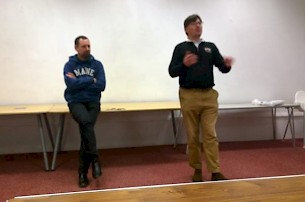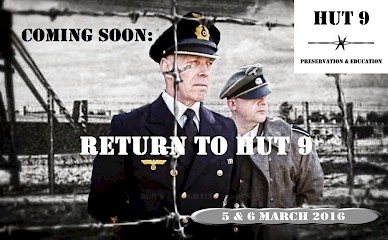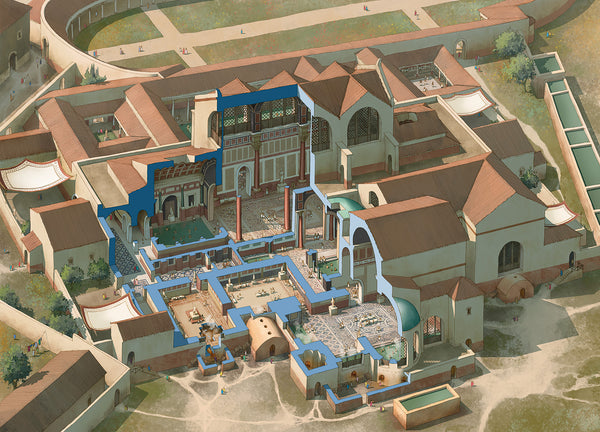The words of Goldsworthy and Jones
It has almost become a tradition for Adrian Goldsworthy and his friend Rob Jones to hold a talk at the Crusade show, Penarth. This year was no exception, though the format had changed a bit. The Penarth and District wargames had expanded the number of spearks and organized three separate sessions. The first session was by re-enactors from Hut 9 preservation society. The second was from Gareth Glover on the reinterpretation of the battle of Waterloo. Finally was Goldsworthy and Jones’ talk on raids and sieges.

Unfortunately I missed out on the first session (which was a great pity as it featured the Welsh great escape) but I was able to catch the second talk on Waterloo.

Gareth gave a very interesting talk on how our interpretation of the battle is changing as we access the vast archive of personal letters from the battlefield. He estimates that only about 10% of these have been made available to the public. The traditional progress of the battle (by Wellington and Napoleon) is challenged by first hand reports and letters. We can now learn with greater accuracy what actually happened. My ears pricked up when I heard there was solid evidence for the Dutch and Belgian troops actually fought well, helping defeat the Imperial Guard and that a number of French regiments performed very poorly - more poorly than their reputation would expect. Rules writers take note!

Adrian and Rob’s lecture was on raids and sieges - arguing that wargamers wishing to play history should take skirmish gaming more seriously. Big battles were rare but raiding was commonplace. Adrian pointed to a report from Egypt where a desert outpost (much like Beau Geste) of eleven men was attacked and repelled forty nomads with minimal losses. He stated that the Limes and similar defences of the Roman Empire were more about spotting raiders and calling for reinforcements than defensive positions. You could not stop raiders entering, but they could attempt to intercept them as they left, slowed by the booty they carried. He also gave some examples of such loot (discovered in the Rhine) - it was not what you’d expect. Metal tools were considered particularly valuable by raiders for example, along with livestock and slaves.

Rob expanded the theme to medieval times and stated that our idea of a composition of a Medieval force for skirmishing was probably incorrect. A typical knight would have his own men at arms, soldiers and archers from his manor. This would be quite a mixed force particularly at the smaller level. In big battles, they probably joined like troops (archers joining the archers for example), but not for skirmish games. He also argued there were no recent, commonly played, skirmish rules for Medievals. Both SAGA and Lion Rampant deal with units, not individual men, therefore he convincingly argued that they are battle games (he convinced me!). He envisaged skirmish dealing with the individual man rather than the group. As an example of such games, he mentioned some old games (like Cry Havoc) which dealt with man on man combat on a one-to-one level.
These lectures have always been both clever and informative - they’ve really made me think about how I view wargaming in relation to history.

